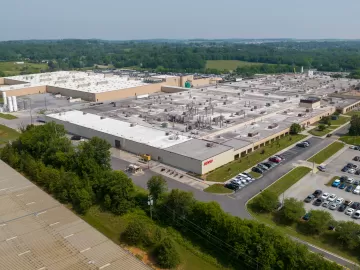Fifteen Years of Compressed Air Best Practices Support Gentex Business and Production Goals
While many businesses strive to plan, install and maintain a compressed air system that fulfils the company’s specific needs, I’ve found that implementing compressed air best practices not only accomplishes specific goals, but also results in time-tested advantages that aid in the overall business and production goals of the organization.




